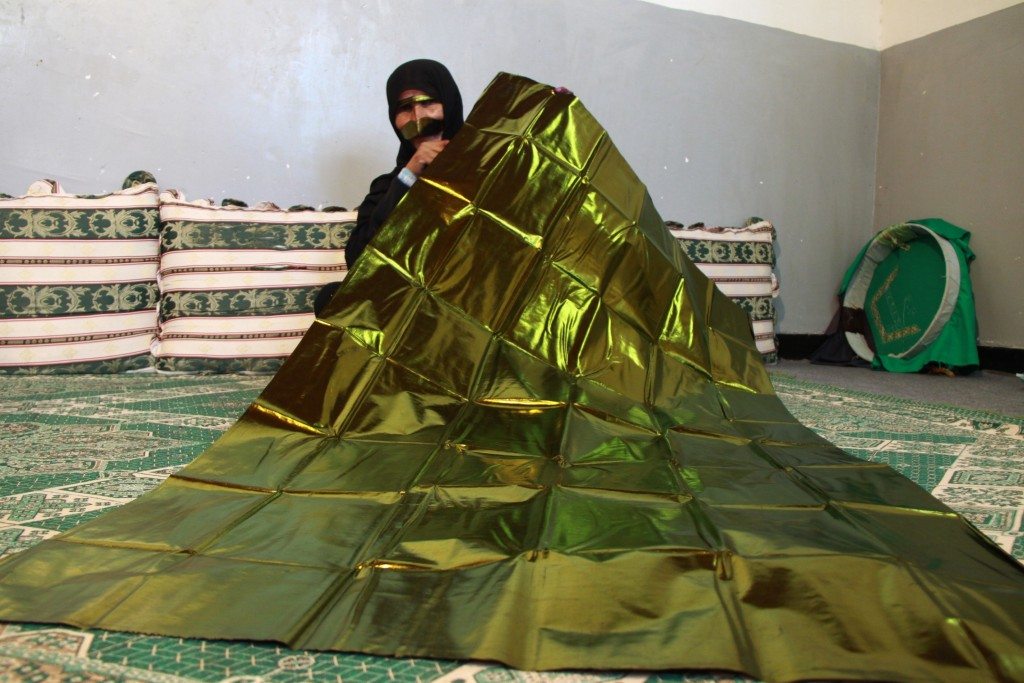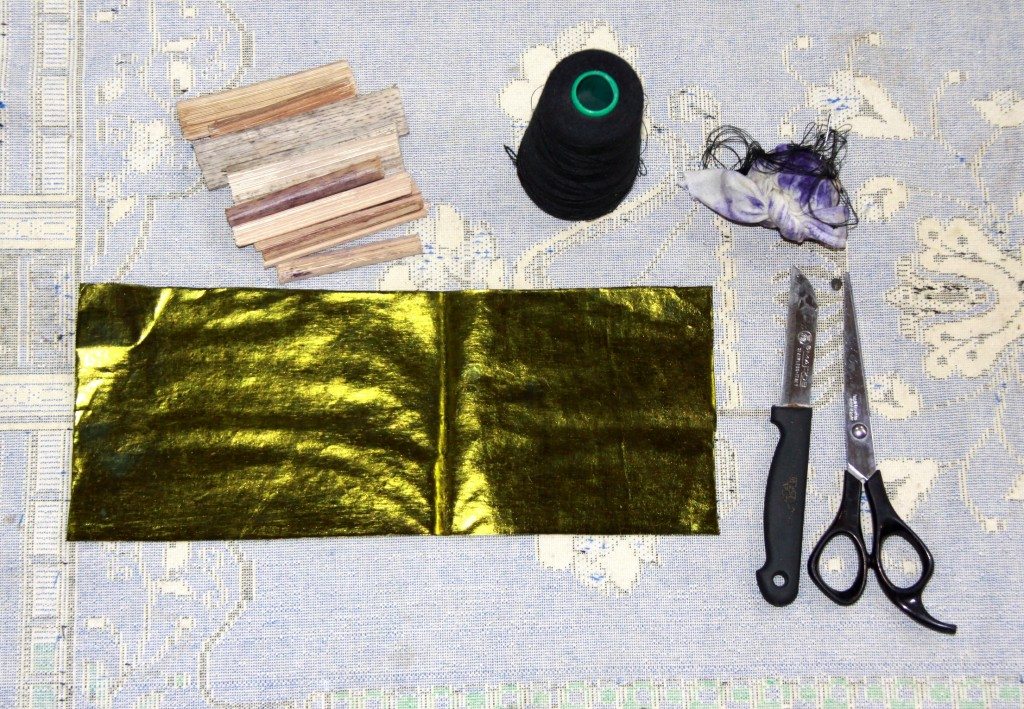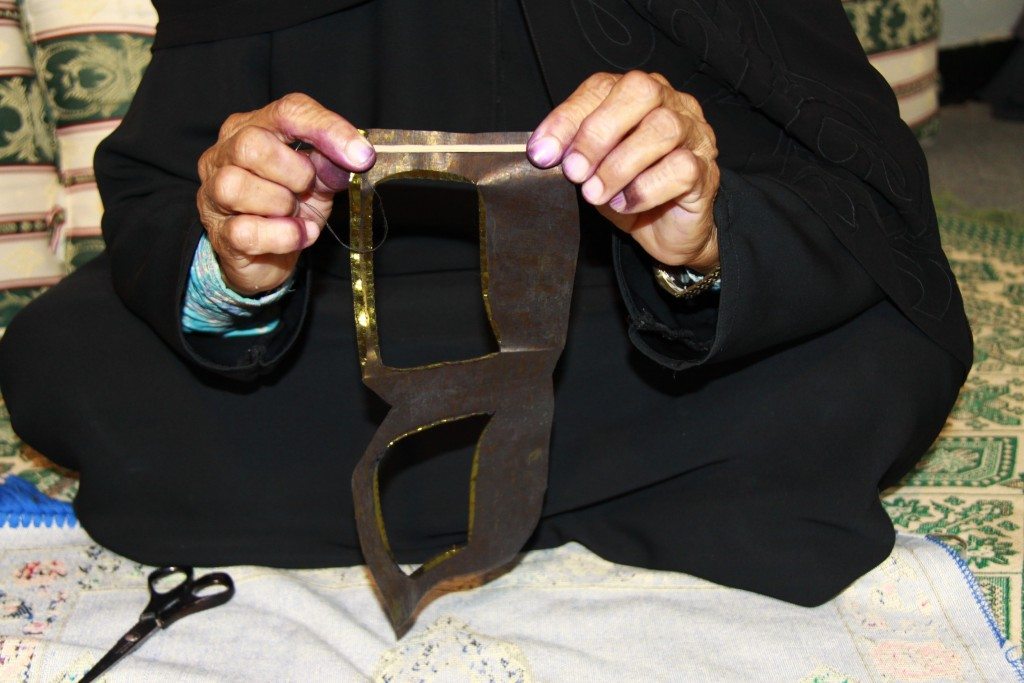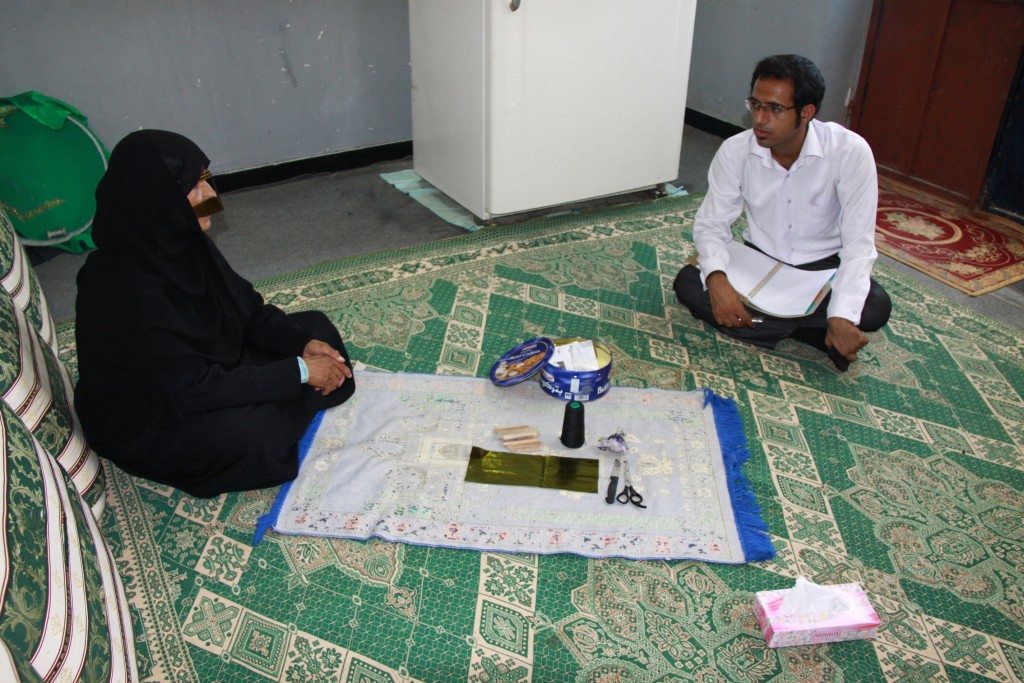More than a mask
The Iranian burqe

Many associate the burqe, or burqa, with long-flowing non-descript dresses, in dark or other sombre colours. In Iran, the burqe is different. It refers to a facial mask worn traditionally by women from Hormozgan, a province in the south of Iran with shores along the Persian Gulf.
While the hijab is associated with religious beliefs and has the purpose of secluding parts of the body, the use of the burqe is broader: first of all, it codifies a woman’s identity through different motifs, colours and forms. The burqe also serves as protection against harsh sunlight and gives vendors and other people of traditional low class occupations the choice to stay undiscovered by others. Then, as with pieces of clothes and ornaments everywhere, the burqe is a means of beautification.
The region of Hormozgan is located near the Arabic countries in the Gulf, which means there are some shared traditions and a similar culture. The Hormozgan burqe is of three kinds: schiele, fabric and textile, while in the Arab world only the schiele kind is used. The schiele is sewn with a special sewing machine, and is thicker and more durable than the sort worn in Hormozgan, which is handmade.
The form and use of the burqe in Iran has evolved over time. With an increase in population, including in the rural areas, women have changed the way they make the burqe: forms, colours and motifs have altered alongside climatic and cultural shifts. In the past, the burqe was made of wood, whereas today material like plastic or plexiglas are used as well.
In the past, the burqe was seen as a handicraft rather than a form of art, but for us, when researching the use and form of the burqe, we considered its artistic qualities as well.
When working on this book, we travelled to around 40 Hormozgan villages to learn about the history and contemporary use of the burqe in this region. We learned that climate and culture affects how it is worn. In Hormozgan, women wear the burqe to protect their skin against the sun, and in the eastern parts, against the harsh sand winds. Different colours and patterns indicate what role the burqe plays in women’s lives: location-specific details and variations mean that a person wearing a burqe can be identified according to where she lives, how old she is, and whether she is married, single, divorced or widowed.

One interesting thing happened when I met a woman from Jask, a city in Hormozgan. When I wanted to know why she wears the burqe, she answered, “I wear it as a kind of hijab.” Then when I asked if I could see it, she took it off and gave it to me. I was surprised because she just told me it was her hijab – but she replied and said “No, you are not namahram [a religious expression: mahram means a close male relative; namahram those who are not close family] because you are my guest.” Another person I met in Qeshm, an island just off the southern coast of Iran, said that she wanted to wear the burqe and did so even though her husband was against it. Then, there were some women I met who didn’t let me photograph their burqes even though they themselves would be covered in the photos.
For me, what started my interest in this research was having seen women wearing the burqe throughout my life; not my mother or any other female relatives, but other women in public. I wanted to understand why, and know how it was made, but there were no good sources or books. Then when I was studying arts and research, I had the opportunity to try and answer to all my questions, and I chose to do my dissertation on the burqe.
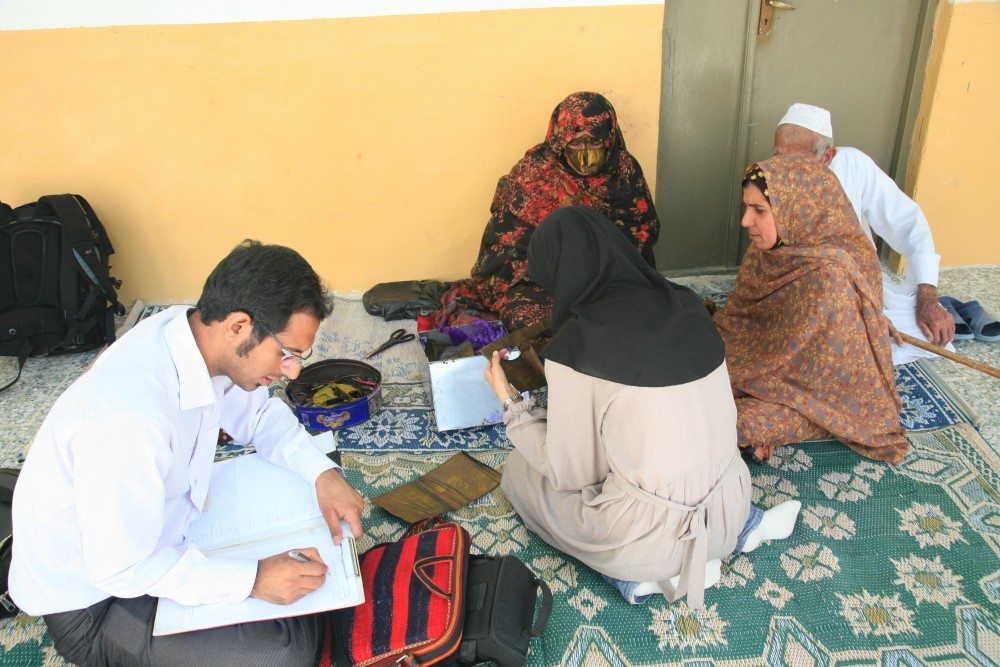

Today, while the burqe is still used in Iran, women wear it less than before. It has remained part of contemporary lifestyle and culture in parts of Hormozgan – for several reasons, including local beliefs and specific weather conditions with strong sunlight and winds. My book on the burqe looks at the history and presence of this item in Iran, specifically Hormozgan, and the world. It also outlines how it is made and worn, its aesthetics and cultural value, and its place in women’s lives today. In the future, the traditional use of burqe will probably decrease, but at the same time I believe it will appear more in other contexts: in fashion, theatre and art, for instance.
Ehsan Mirhoseyni’s research into the history and use of the burqe began in 2007, and earlier this year he released a book in Persian on the topic. Find more information about his work on the burqe in Persian or in English here.







